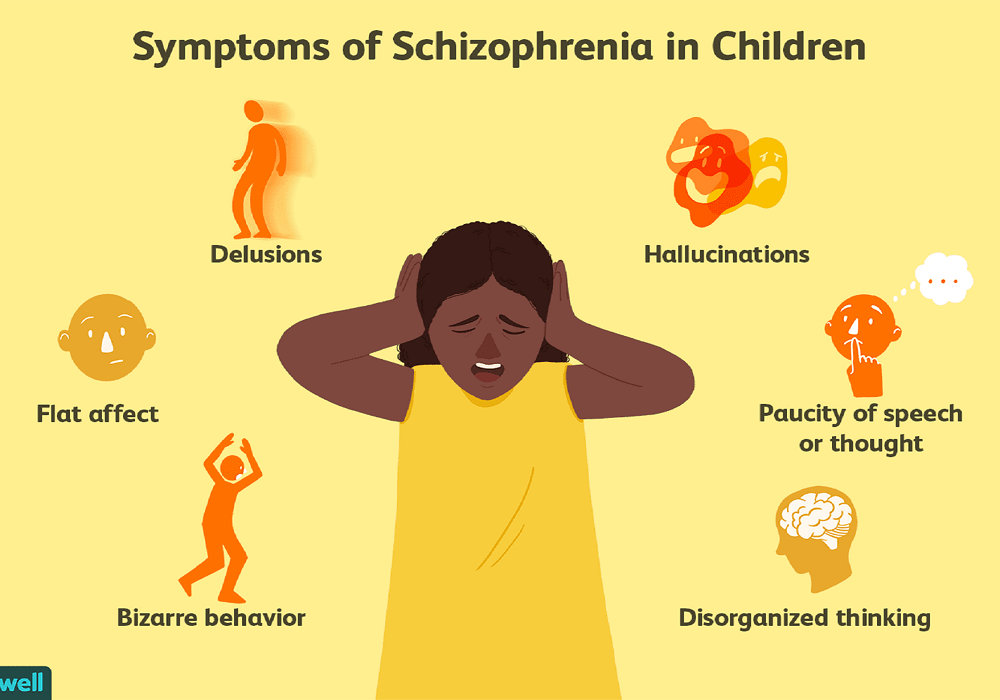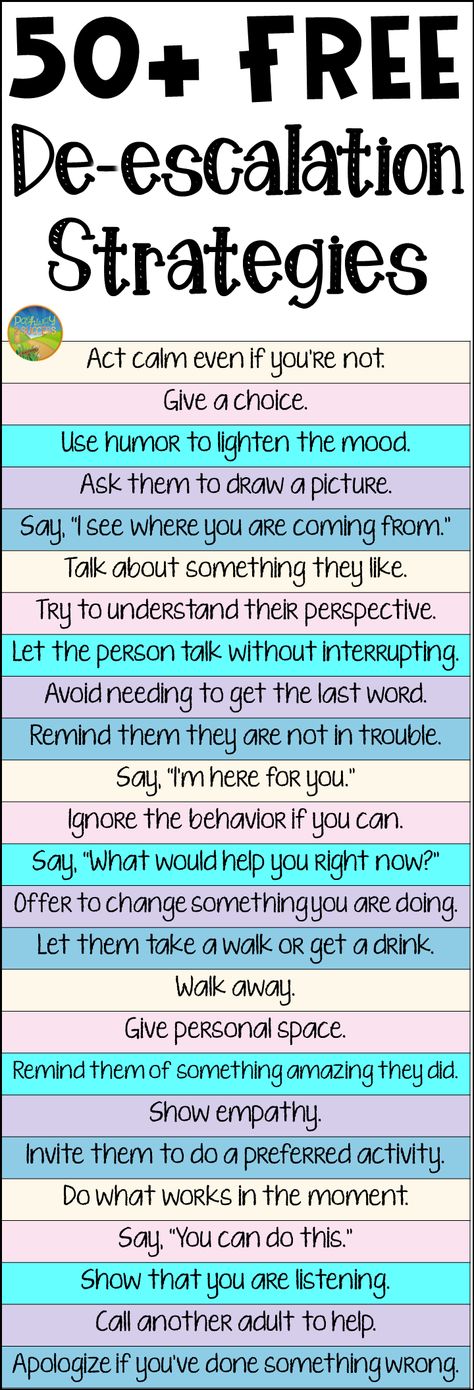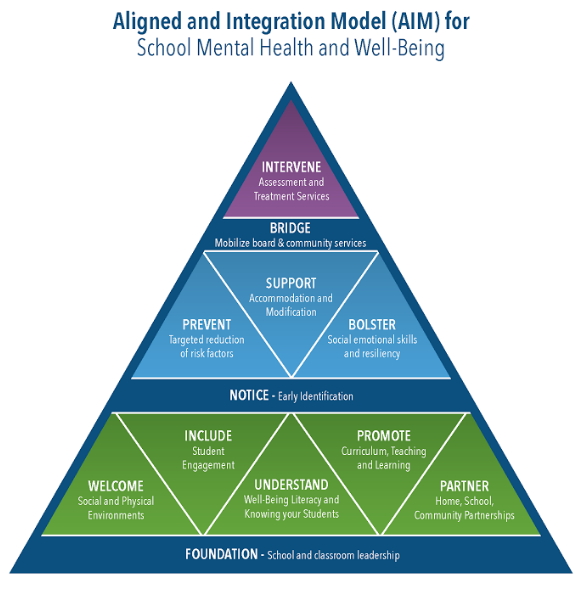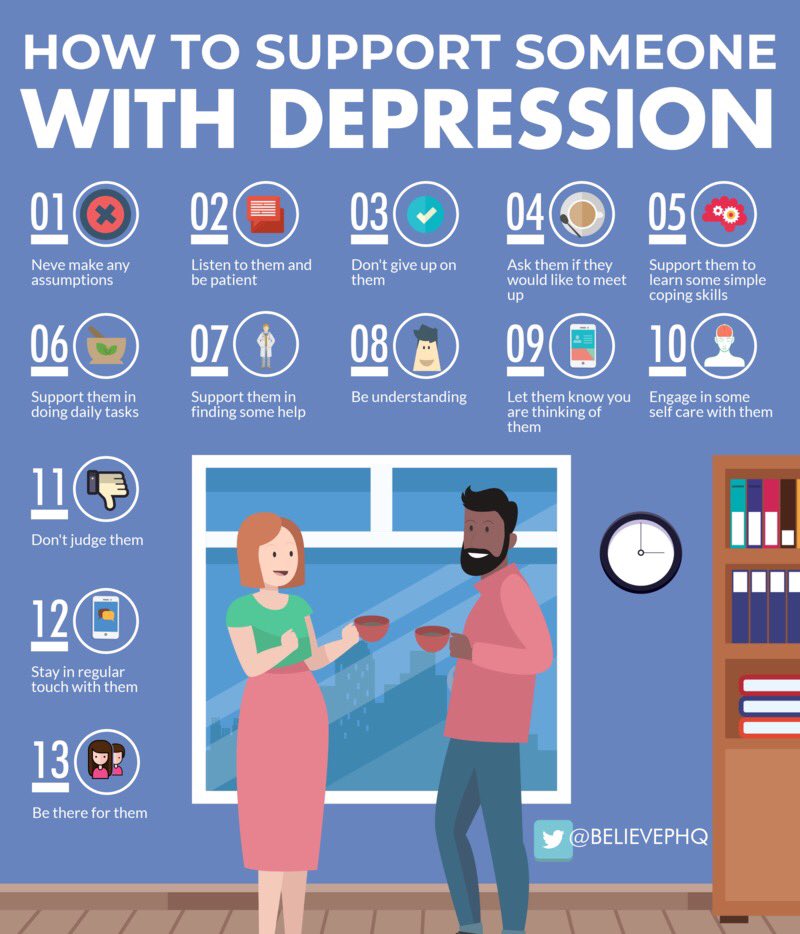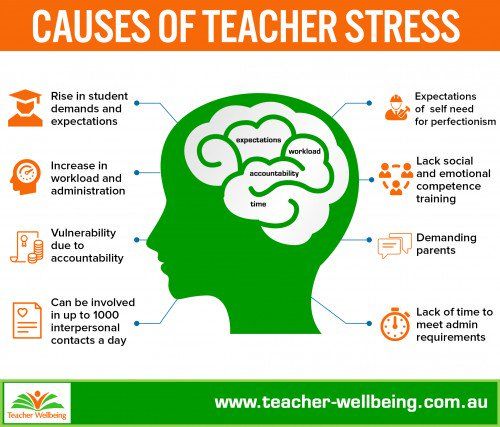Nih mental health
NIMH » Help for Mental Illnesses
Esta página también está disponible en español.
If you or someone you know has a mental illness, is struggling emotionally, or has concerns about their mental health, there are ways to get help. Use these resources to find help for you, a friend, or a family member.
Please note that the National Institute of Mental Health (NIMH) is a research funding agency. Resources on this page are provided for informational purposes only. The list is not comprehensive and does not constitute an endorsement by NIMH.
Get Immediate Help in a Crisis
Call 911 if you or someone you know is in immediate danger or go to the nearest emergency room.
988 Suicide & Crisis Lifeline
Call or text 988; Llame al 988 (para ayuda en español)
Use Lifeline Chat on the web
The Lifeline provides 24-hour, confidential support to anyone in suicidal crisis or emotional distress. Call or text 988 to connect with a trained crisis counselor. Support is also available in English via live chat.
Crisis Text Line
Text “HELLO” to 741741
The Crisis Text hotline is available 24 hours a day, seven days a week throughout the U.S. The Crisis Text Line serves anyone, in any type of crisis, connecting them with a crisis counselor who can provide support and information.
Veterans Crisis Line
Call 1-800-273-TALK (8255) and press 1 or text to 838255
Use Veterans Crisis Chat on the web
The Veterans Crisis Line is a free, confidential resource that connects veterans 24 hours a day, seven days a week with a trained responder. The service is available to all veterans, even if they are not registered with the VA or enrolled in VA healthcare.
Disaster Distress Helpline
Call or text 1-800-985-5990
The disaster distress helpline provides immediate crisis counseling for people who are experiencing emotional distress related to any natural or human-caused disaster. The helpline is free, multilingual, confidential, and available 24 hours a day, seven days a week.
The helpline is free, multilingual, confidential, and available 24 hours a day, seven days a week.
Contact social media outlets directly if you are concerned about a friend’s social media updates or dial 911 in an emergency.
View the NIMH 5 action steps for helping someone in emotional pain infographic to see how you can help those in distress.
Find a Health Care Provider or Treatment
Treatment for mental illnesses usually consists of therapy, medication, or a combination of the two. Treatment can be given in person or through a phone or computer (telemental health). It can sometimes be difficult to know where to start when looking for mental health care, but there are many ways to find a provider who will meet your needs.
Primary Care Provider: Your primary care practitioner can be an important resource, providing initial mental health screenings and referrals to mental health specialists.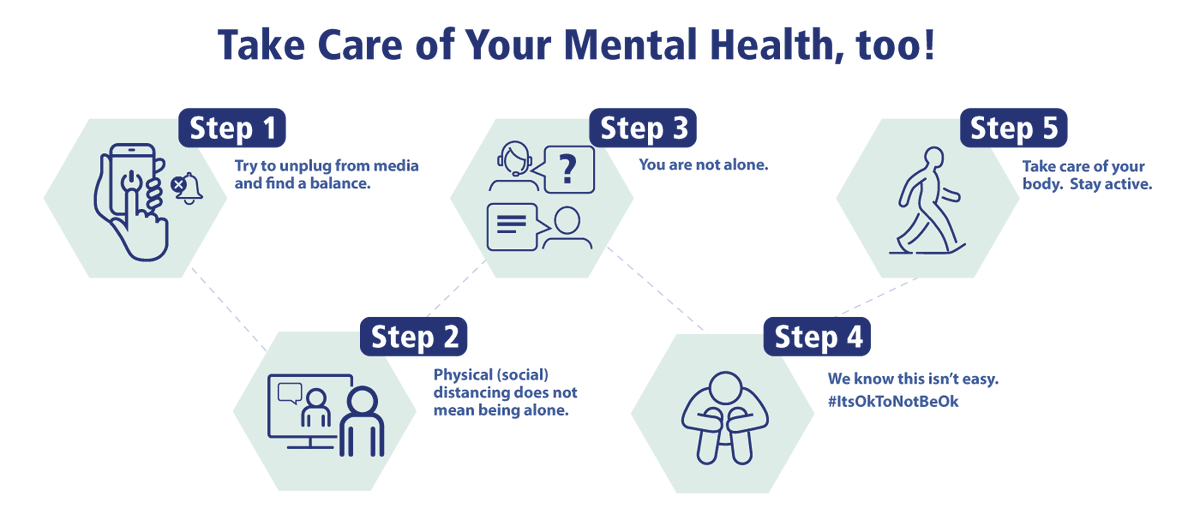 If you have an appointment with your primary care provider, consider bringing up your mental health concerns and asking for help.
If you have an appointment with your primary care provider, consider bringing up your mental health concerns and asking for help.
Federal Resources: Some federal agencies offer resources for identifying health care providers and help in finding low-cost health services. These include:
- Substance Abuse and Mental Health Services Administration (SAMHSA): For general information on mental health and to locate treatment services in your area, call SAMHSA's National Helpline at 1-800-662-HELP (4357). SAMHSA also has a Behavioral Health Treatment Services Locator on its website that can be searched by location.
- Health Resources and Services Administration (HRSA): HRSA works to improve access to health care. The HRSA website has information on finding affordable healthcare, including health centers that offer care on a sliding fee scale.
- Centers for Medicare & Medicaid Services (CMS): CMS has information on its website about benefits and eligibility for mental health programs and how to enroll.

- The National Library of Medicine (NLM) MedlinePlus: NLM’s website has directories and lists of organizations that can help in identifying a health practitioner.
National Agencies and Advocacy and Professional Organizations: Advocacy and professional organizations can be a good source of information when looking for a mental health provider. They often have information on finding a mental health professional on their website, and some have practitioner locators on their websites. Examples include but are not limited to:
- Anxiety and Depression Association of America
- Depression and Bipolar Support Alliance
- Mental Health America
- National Alliance on Mental Illness
State and County Agencies: The website of your state or county government may have information about health services in your area. You may be able to find this information by visiting their websites and searching for the health services department.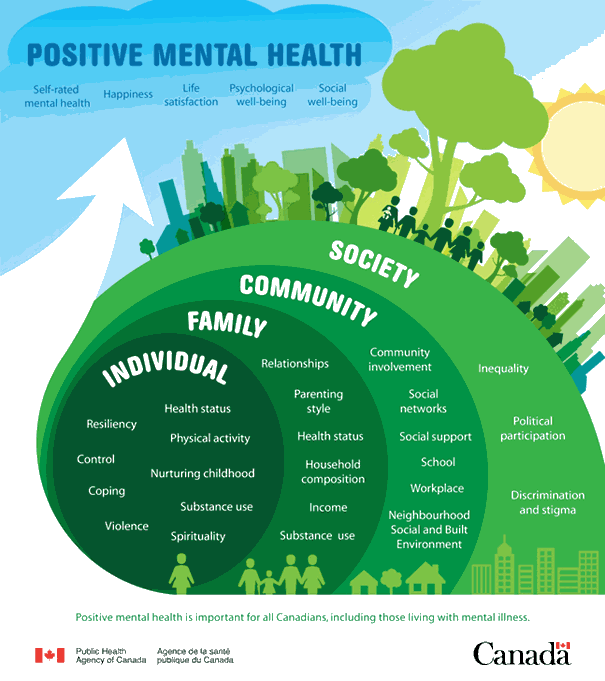
Insurance Companies: If you have health insurance, a representative of your insurance company will know which local providers are covered by your insurance plan. The websites of many health insurance companies have searchable databases that allow you to find a participating practitioner in your area.
University, College, or Medical Schools: Your local college, university, or medical school may offer treatment options. To find these, try searching on the website of local university health centers for their psychiatry, psychology, counseling, or social work departments.
Help for Service Members and Their Families: Current and former service members may face different mental health issues than the general public. For resources for both service members and veterans, please visit the MentalHealth.gov page Help for Service Members and Their Families page or the U.S. Department of Veteran Affairs’ mental health page.
Deciding if a Provider is Right for You
Once you find a potential provider it can be helpful to prepare a list of questions to help you decide if they are a good fit for you.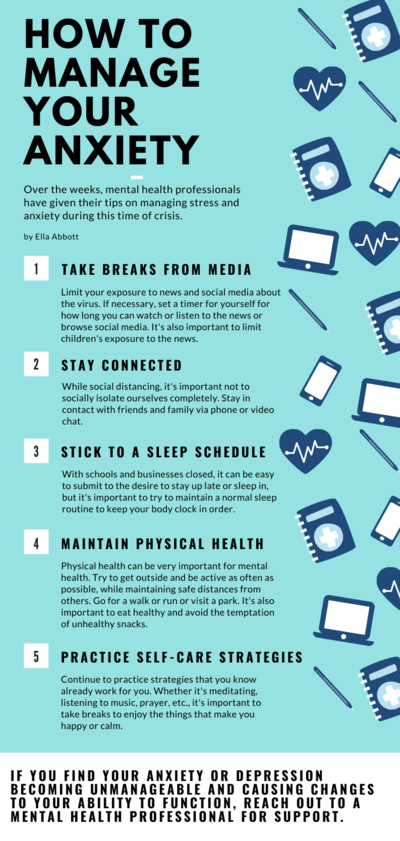 Examples of questions you might want to ask a potential provider include:
Examples of questions you might want to ask a potential provider include:
- What experience do you have treating someone with my issue?
- How do you usually treat someone with my issue?
- How long do you expect treatment to last?
- Do you accept my insurance?
- What are your fees?
For tips for talking with your healthcare provider, refer to the NIMH Taking Control of Your Mental Health: Tips for Talking with Your Health Care Provider fact sheet.
Treatment works best when you have a good relationship with your mental health provider. If you aren’t comfortable or are feeling like the treatment is not helping, talk with your provider, or consider finding a different provider or another type of treatment. If you are a child or adolescent, consider speaking with your doctor or another trusted adult. Do not stop current treatment without talking to your doctor.
Join a Study
Clinical trials are research studies that look at new ways to prevent, detect, or treat diseases and conditions, including mental illnesses.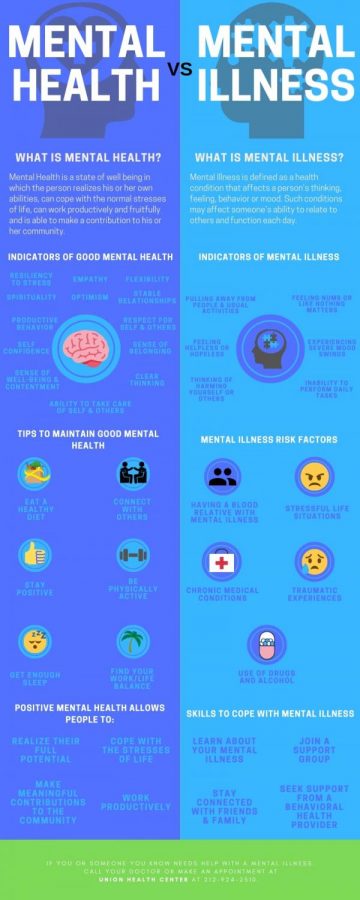 The goal of clinical trials is to determine if a new test or treatment works and is safe. Although individual participants may benefit from being part of a clinical trial, participants should be aware that the primary purpose of a clinical trial is to gain new scientific knowledge so that others may be better helped in the future.
The goal of clinical trials is to determine if a new test or treatment works and is safe. Although individual participants may benefit from being part of a clinical trial, participants should be aware that the primary purpose of a clinical trial is to gain new scientific knowledge so that others may be better helped in the future.
Researchers at NIMH and around the country conduct many studies with patients and healthy volunteers. We have new and better treatment options today because of what clinical trials uncovered years ago. Be part of tomorrow’s medical breakthroughs. Talk to your doctor about clinical trials, their benefits and risks, and if one is right for you.
To learn more about participating in clinical trials, visit the NIMH Clinical Trials page.
Learn More about Mental Disorders
NIMH offers health information and free easy-to-read publications on various mental disorders on its website in the Mental Health Information section. The website is mobile and print-friendly.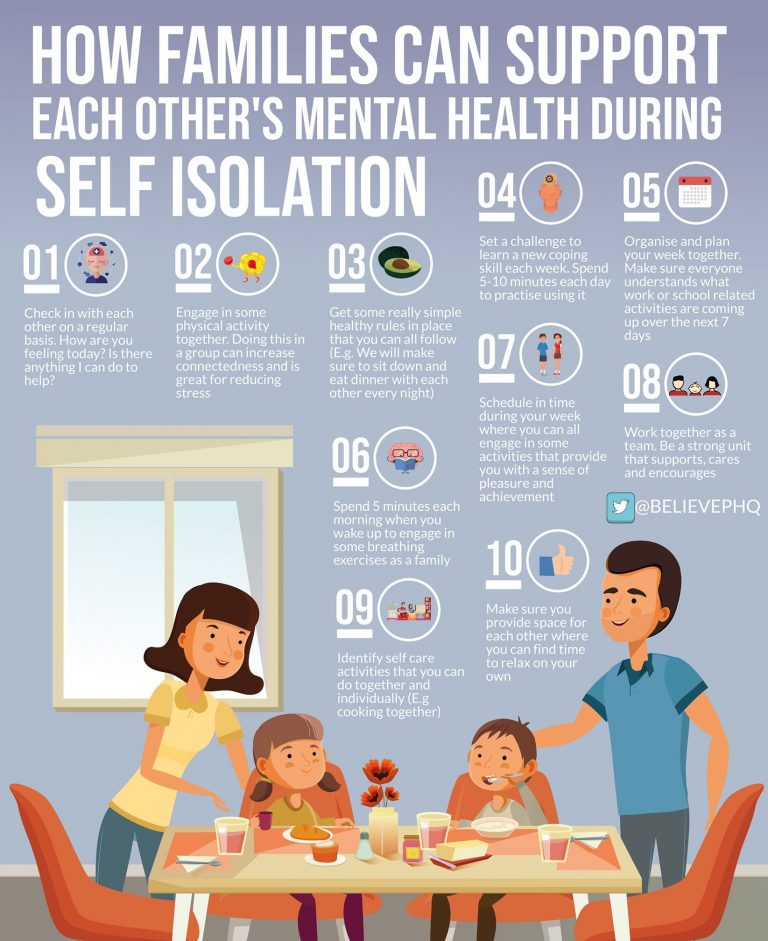 Printed publications can be ordered for free and are also available in Spanish. To order free publications, order online (haga su pedido por el Internet en Español) or call 1-866-615-6464 (TTY: 1-866-415-8051).
Printed publications can be ordered for free and are also available in Spanish. To order free publications, order online (haga su pedido por el Internet en Español) or call 1-866-615-6464 (TTY: 1-866-415-8051).
Contact Us
For all mental health-related questions, requests for copies of publications, and inquiries concerning NIMH research, policies, and priorities, please contact a health information specialist at the NIMH Information Resource Center using the contact information provided below:
Telephone
1-866-615-6464 (toll-free)
Available in English and Spanish
Monday through Friday
8:30 a.m. to 5:00 p.m. ET
Live Online Chat
Live Help
Available in English and Spanish
Monday through Friday
8:30 a.m. to 5:00 p.m. ET
Email Us: [email protected]
Available in English and Spanish
Please note: NIMH is a research funding agency.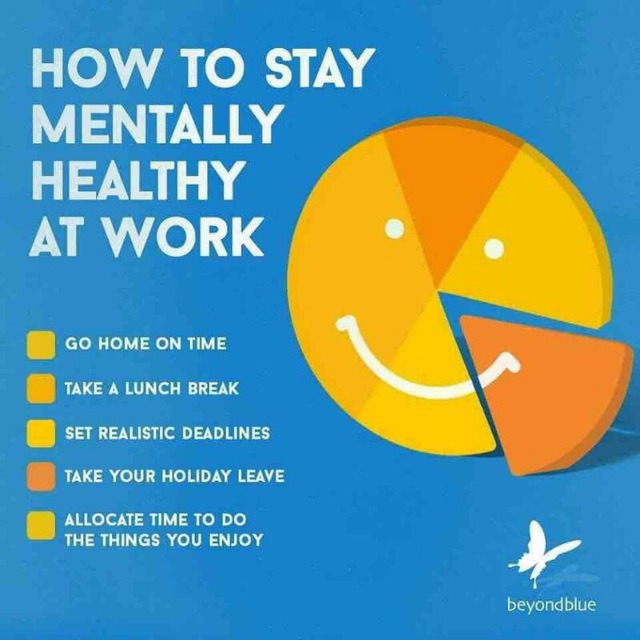 We cannot provide medical advice or practitioner referrals. If you need medical advice or a second opinion, please consult your healthcare provider. Resources on this page are provided for informational purposes only. The list is not comprehensive and does not constitute an endorsement by NIMH.
We cannot provide medical advice or practitioner referrals. If you need medical advice or a second opinion, please consult your healthcare provider. Resources on this page are provided for informational purposes only. The list is not comprehensive and does not constitute an endorsement by NIMH.
Last Reviewed: April 2021
Mental Health | National Institutes of Health (NIH)
You are here
Home » About NIH » What We Do » NIH…Turning Discovery Into Health®
Deep Brain Stimulation Illustration.NINDS
Like other chronic diseases, mental illnesses arise from the interplay of genes, environment, and many other factors. Using research to gain a better understanding of these complex interactions will guide the development of personalized strategies for diagnosing, treating, and preventing these debilitating disorders.
Depression
Major depression is one of the most common mental disorders in the United States, affecting nearly 7 percent of U. S. adults and about 5 percent of children. It is two to four times more common in girls and women. Many people with depression also have other mental illnesses, including addiction, and they are at a higher risk for suicide. While effective treatments — both medications and psychosocial therapies — are available for depression, NIH research is searching for a wider range of options. Commonly used medications for depression, for example, may take weeks to take effect and they do not work for everyone. To that end, NIH scientists are testing a substance called ketamine that can relieve symptoms of depression within hours. NIH research is also studying brain-stimulation therapies that hold promise for treating individuals with severe depression who do not respond to medication or psychotherapies.
S. adults and about 5 percent of children. It is two to four times more common in girls and women. Many people with depression also have other mental illnesses, including addiction, and they are at a higher risk for suicide. While effective treatments — both medications and psychosocial therapies — are available for depression, NIH research is searching for a wider range of options. Commonly used medications for depression, for example, may take weeks to take effect and they do not work for everyone. To that end, NIH scientists are testing a substance called ketamine that can relieve symptoms of depression within hours. NIH research is also studying brain-stimulation therapies that hold promise for treating individuals with severe depression who do not respond to medication or psychotherapies.
Schizophrenia
Each year, about 100,000 American teens and young adults unexpectedly experience their first episode of psychosis, a terrifying symptom of schizophrenia and other psychiatric disorders characterized by delusions, hallucinations, and altered behavior. These symptoms can make it very difficult to function at home, school, or work. NIH scientists have identified more than 100 gene variants associated with risk for schizophrenia, providing new avenues for understanding the causes of this disorder and developing new treatments. NIH research has also shown the effectiveness of individualized treatment plans combining different types of therapy and support, coordinated by a specialty-care team that includes a young individual with first-episode psychosis, his or her family, and mental health specialists. This work has shown that the earlier young people with schizophrenia are diagnosed and treated, the better they respond to therapy.
These symptoms can make it very difficult to function at home, school, or work. NIH scientists have identified more than 100 gene variants associated with risk for schizophrenia, providing new avenues for understanding the causes of this disorder and developing new treatments. NIH research has also shown the effectiveness of individualized treatment plans combining different types of therapy and support, coordinated by a specialty-care team that includes a young individual with first-episode psychosis, his or her family, and mental health specialists. This work has shown that the earlier young people with schizophrenia are diagnosed and treated, the better they respond to therapy.
Autism Spectrum Disorder
About one in every 68 U.S. children is affected by an autism spectrum disorder (ASD). The causes for this increased incidence are not completely understood, though a possible connection to child-hood vaccines has been resoundingly rejected by rigorous scientific studies. The central features of ASD include difficulty with social communication and restricted, repetitive behaviors. While ASD symptoms are often recognized in the toddler years, NIH research has shown that the condition begins in very early development — most likely in the womb — and that early intervention can alleviate behavioral and learning difficulties. Toward identifying ASD sooner, NIH researchers have found that obtaining brain scans of high-risk infants as they slept naturally could predict which children would later be diagnosed with ASD. Those infants’ brains showed unusually rapid growth from infancy to age 2. Other NIH research is providing knowledge about genetic variants that contribute to ASD risk. These gene patterns are giving scientists clues to the changes in the brain that underlie ASD and may provide targets for therapy.
The central features of ASD include difficulty with social communication and restricted, repetitive behaviors. While ASD symptoms are often recognized in the toddler years, NIH research has shown that the condition begins in very early development — most likely in the womb — and that early intervention can alleviate behavioral and learning difficulties. Toward identifying ASD sooner, NIH researchers have found that obtaining brain scans of high-risk infants as they slept naturally could predict which children would later be diagnosed with ASD. Those infants’ brains showed unusually rapid growth from infancy to age 2. Other NIH research is providing knowledge about genetic variants that contribute to ASD risk. These gene patterns are giving scientists clues to the changes in the brain that underlie ASD and may provide targets for therapy.
Did you know?
The United States is the top producer of published science & engineering articles.
« Previous: Parkinson's Disease Next: Transformative Technologies »
This page last reviewed on February 12, 2020
Connect with Us
- Contact Us
- YouTube
- Flickr
Strengthening mental health measures
Strengthening mental health interventions- Popular Topics
- Air pollution
- Coronavirus disease (COVID-19)
- Hepatitis
- Data and statistics »
- News bulletin
- The facts are clear
- Publications
- Find country »
- A
- B
- B
- g
- D 9000 P
- R
- C
- T
- in
- x
- C 9000
- WHO in countries »
- Reporting
- Regions »
- Africa
- America
- Southeast Asia
- Europe
- Eastern Mediterranean
- Western Pacific
- Media Center
- Press releases
- Statements
- Media messages
- Comments
- Reporting
- Online Q&A
- Developments
- Photo reports
- Questions and answers
- Update
- Emergencies "
- News "
- Disease Outbreak News
- WHO data »
- Dashboards »
- COVID-19 Monitoring Dashboard
- Basic moments "
- About WHO »
- CEO
- About WHO
- WHO activities
- Where does WHO work?
- Governing Bodies »
- World Health Assembly
- Executive committee
- Main page/
- Media Center /
- Newsletters/
- Read more/
- Strengthening mental health measures
Key Facts
- There are affordable, effective and feasible strategies to promote, protect and restore mental health.
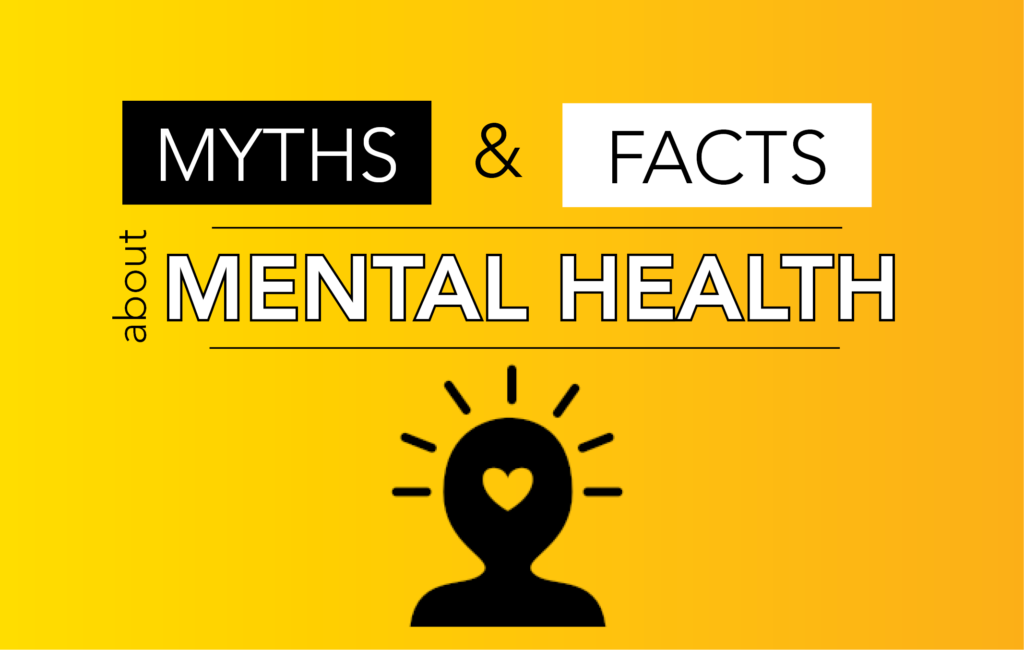
- The need for mental health action is clear and urgent.
- Mental health is essential both in and of itself and as an integral part of a person's overall health and well-being.
- Mental health results from the influence and interaction of a complex of individual, social and structural stressors and vulnerabilities.
The concept of mental health
Mental health is a state of mental well-being that enables people to cope with stressful situations in life, realize their potential, study and work successfully, and contribute to society. It is an essential component of health and well-being that underpins our individual and collective abilities to make decisions, build relationships, and shape the world we live in. Mental health is one of the basic human rights. In addition, it is crucial for personal, social and socio-economic development.
Mental health is not limited to the absence of mental disorders. It represents a continuous continuum, individual for each person, within which a person faces a complex of factors of varying degrees of complexity and experiences different levels of stress, which leads to very different potential social and clinical consequences for each individual.
Mental health disorders is an umbrella term for mental disorders, various types of psychosocial disabilities, and other mental health conditions that are associated with significant distress, functional impairment, or risk of self-harm. As a general rule, people with mental health problems are more likely to experience lower levels of mental well-being, although exceptions are possible.
Determinants of mental health
Throughout our lives, multiple individual, social and structural determinants can collectively protect or undermine our mental health and change our position on the mental health continuum.
Various individual psychological and biological factors, such as emotional skills, substance use, and genetic characteristics, can make a person more susceptible to mental health problems.
Exposure to adverse social, economic, geopolitical and environmental circumstances, including poverty, violence, inequality and disadvantaged social conditions, also increases the risk of mental disorders.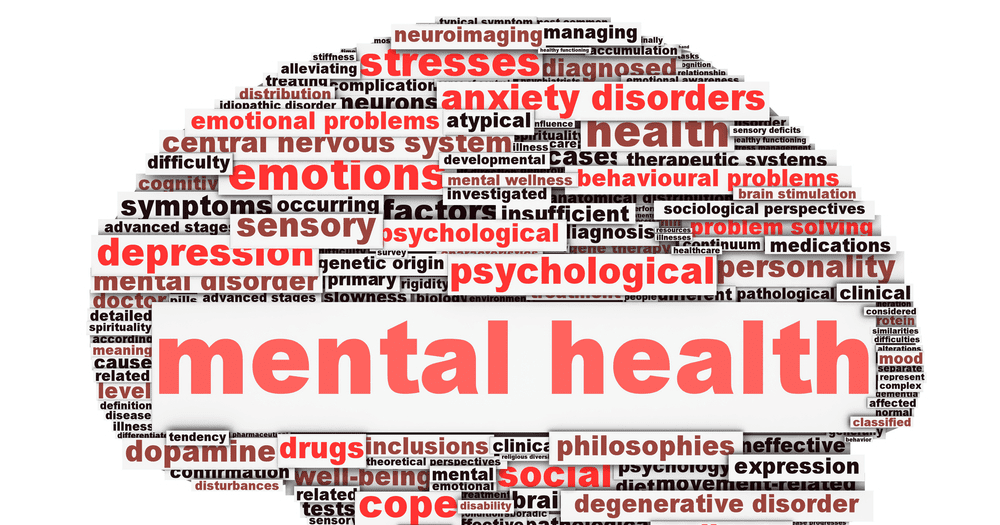
Risk factors can appear at all stages of life, but those that arise during critical periods for human development, especially in early childhood, have a particularly strong negative impact. For example, harsh parenting and physical punishment are known to undermine children's mental health, and school bullying is a major risk factor for developing mental health problems.
Similarly, protective factors also occur throughout a person's life and contribute to mental resilience. These factors include our individual social and emotional skills and attributes, as well as positive social experiences, quality education, decent jobs, living in a safe neighborhood, community cohesion, and more.
The impact of risk and protective factors can vary in magnitude. Thus, local threats increase the risk to individuals, families and communities. Global threats such as economic recession, disease outbreaks, humanitarian emergencies, forced population displacements, and the worsening climate crisis are raising the level of risk for entire populations.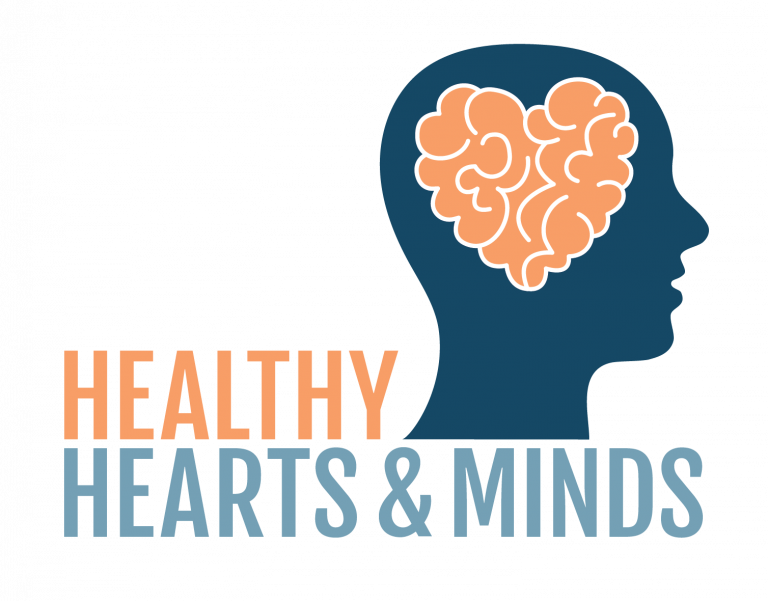
The impact of any individual risk or protective factor is difficult to predict. In most people, exposure to any risk factor does not lead to the development of a psychiatric disorder, while many people can develop psychiatric disorders even in the absence of known risk factors. However, the complex of different interacting determinants of mental health can both enhance and undermine mental health.
Mental health promotion and prevention of mental disorders
Interventions to promote mental health and prevent mental disorders are based on identifying the individual, social and structural determinants of mental health and implementing interventions to reduce risks, increase mental resilience and create an enabling environment for mental health. Interventions may be directed at individuals, specific populations or entire populations.
Reshaping the determinants of mental health often requires action that goes beyond the health sector, so mental health promotion and prevention programs need to reach into the education, labour, justice, transport, environment, housing and social welfare sectors.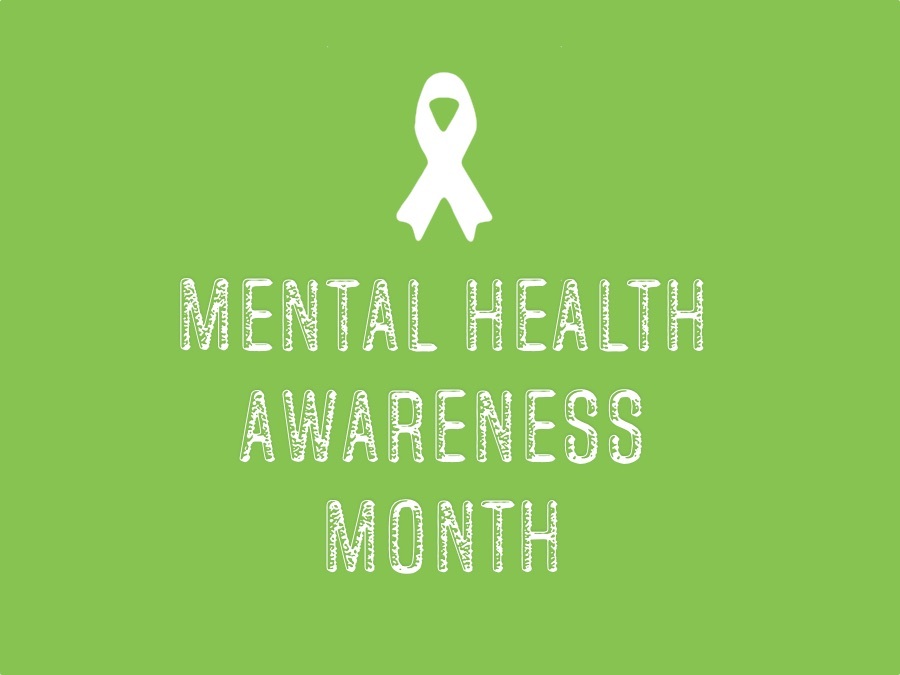 The health sector can make a significant contribution to this by integrating mental health promotion and prevention into health care services, and by promoting, initiating and, where appropriate, supporting intersectoral collaboration and coordination.
The health sector can make a significant contribution to this by integrating mental health promotion and prevention into health care services, and by promoting, initiating and, where appropriate, supporting intersectoral collaboration and coordination.
Suicide prevention is one of the global priorities included in the Sustainable Development Goals. Greater strides in suicide prevention can be made by limiting access to the means of committing suicide, responsible media coverage of such cases, teaching adolescents social and emotional skills, and taking early action. A particularly inexpensive and cost-effective intervention to reduce suicide rates is the ban on highly hazardous pesticides.
Promoting the mental health of children and adolescents is another priority that can be achieved through policies and legislation that promote and protect mental health and aim to support parents and caregivers in caring for their children in a caring and respectful way. implementation of appropriate school-based programs and creation of favorable and safe conditions for children at the level of local communities and in the online space. School-based social and emotional learning programs are among the most effective mental health promotion strategies in countries of all income levels.
School-based social and emotional learning programs are among the most effective mental health promotion strategies in countries of all income levels.
There is growing interest in the promotion and protection of mental health in the workplace; relevant measures can also be taken in this area in the areas of legislation and regulation, organizational strategies, training of managers and implementation of interventions at the worker level.
Mental health care and treatment
In the context of national mental health efforts, it is essential not only to protect and promote the mental well-being of the entire population, but also to address the needs of people with mental disorders.
This should be addressed through community-based mental health care, as it is more accessible and acceptable to the population than inpatient care, helps prevent human rights violations, and improves outcomes for mental disorders. Community-based mental health care should be built into a set of related services:
- mental health services integrated into the general health care system, usually operating at the general hospital level and as part of a shared task with the participation of non-specialized primary care workers;
- community mental health services, which may include community mental health centers and teams, psychosocial rehabilitation services, support groups and home visits;
- Services providing mental health services in social care and non-medical settings such as child protection services, school health services and prison facilities.

The huge gap in care for common mental health conditions such as depression and anxiety requires countries to look for innovative ways to diversify and scale up care for these conditions, such as through non-specialized counseling or self-help using digital platforms.
WHO activities
All WHO Member States have committed to the Comprehensive Mental Health Action Plan 2013–2030, which aims to improve the mental health of the population by strengthening effective leadership and management, providing a comprehensive, integrated and community-based flexible care, the implementation of strategies for mental health promotion and prevention of mental disorders, and the development of information systems, evidence and research. According to the analysis of country performance in implementing the action plan presented in the 2020 Mental Health Atlas published by WHO in 2020, progress towards the goals of the agreed action plan remains insufficient.
The World Mental Health Report, published by WHO, calls on all countries to accelerate the implementation of the action plan.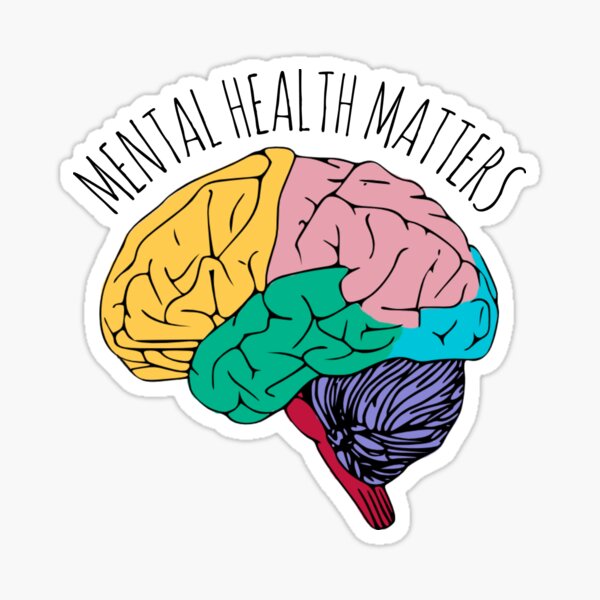 The report argues that all countries can make significant progress in improving the mental health of the population by taking action in three main areas of transformation:
The report argues that all countries can make significant progress in improving the mental health of the population by taking action in three main areas of transformation:
- increasing the value of mental health in the minds of individuals, society as a whole and government; in line with the realization of this value, ensuring the necessary commitment, interaction and investment from all stakeholders and in all sectors;
- transforming the physical, social and economic environments – at home, in schools, in the workplace and in the wider community – to better protect mental health and prevent mental disorders;
- strengthening the mental health system so that the full range of mental health needs are met through a network of accessible, affordable and quality community-based services and support.
WHO focuses on protecting and fulfilling human rights, empowering people to share their personal experiences, and ensuring a multisectoral and multistakeholder approach.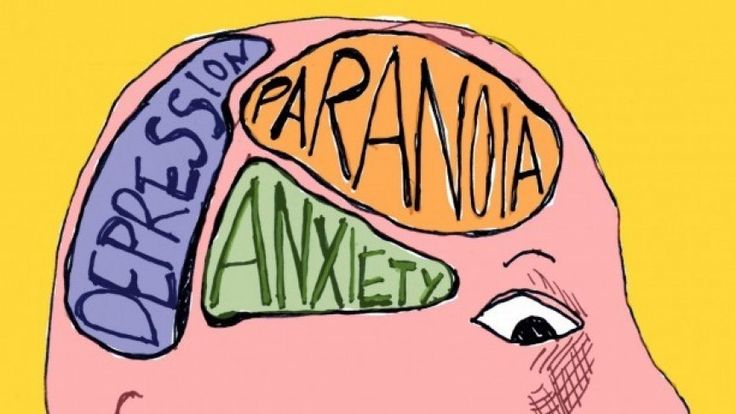
WHO continues to work at the national and international levels, including in humanitarian emergencies, to provide governments and partners with policy advice, evidence, tools and technical support to strengthen collective mental health responses and change aimed at improving the mental health of all people around the world.
Mental health and a positive attitude to life - St. Petersburg State Budgetary Healthcare Institution Dermatovenerological Dispensary No. 11
Prevention measures in St. Petersburg State Budgetary Institution of Healthcare No. 11
Mental health (mental health) - according to the definition of the World Health Organization, this is a state of well-being in which a person can realize their own potential, cope with the normal stresses of life, work productively and fruitfully, and contribute to their community.
In this positive sense, mental health is the foundation of well-being and effective functioning for the individual and for the community.
The World Health Organization identifies the following criteria for mental health:
- awareness and sense of continuity, constancy and identity of one's physical and mental "I".
- a sense of constancy and identity of experiences in situations of the same type.
- criticality to oneself and one's own mental production (activity) and its results.
- compliance of mental reactions (adequacy) with the strength and frequency of environmental influences, social circumstances and situations.
- the ability to self-manage behavior in accordance with social norms, rules, laws.
- the ability to plan one's own life and implement these plans.
- the ability to change the way of behavior depending on the change in life situations and circumstances.
Under normal mental health is understood the harmonious development of the psyche, corresponding to the age, age norm of a given person. A favorable functional state is considered as a complex of characteristics and functions that ensure the effective fulfillment by a person of the tasks facing him in various spheres of life. One of the leading indicators of the functional state of the psyche is mental performance, which integrates the main characteristics of the psyche - perception, attention, memory, etc.
One of the leading indicators of the functional state of the psyche is mental performance, which integrates the main characteristics of the psyche - perception, attention, memory, etc.
High mental performance is one of the main indicators of mental health and an important indicator of a favorable functional state of the body as a whole.
Highlighting the psychological problems that people face in the workplace and informing them how to deal with them helps to increase resilience and improve mental health.
We invite you to get acquainted with the recommendations of doctors on how to be happy at work.
- Wake up earlier than – at least one hour before leaving home for work, enjoy some time for yourself before the busy day starts. Give yourself time to quietly eat breakfast, go for a run, or do whatever will help you start your day on a positive note. Nothing will help you improve your mood as much as the thought that you have done something pleasant for yourself.

- Dress well. When you leave the house in a good mood and ready to work, then you are on your way to a successful day. Good appearance will give you pleasure. Even if you are very tired from work, take a look in the mirror, pull yourself together and energize yourself by starting the day right.
3. Leave your personal problems at home . It's hard to be happy at work if you're having fights, health concerns, or household chores, so it's important to learn to put your problems aside and try to work through them in your free time. Do not solve your personal problems during the working day. If you try to solve your problems and try to work at the same time, you will have a double stress, as you will worry about how to find time to do both.
4. Come to work early . Rushing and being late will minimize your chances of having a good day at work. If you come to work late, you will always be running out of time. Therefore, we recommend leaving the house early.
Therefore, we recommend leaving the house early.
- Greet your colleagues when you come to work. As soon as you walk through the door, greet as many colleagues as possible before the start of the work day. So you will feel a surge of energy. You may be nervous, rushed, or just annoyed, but isolating yourself from your co-workers won't make your job enjoyable. Instead, be friendly, even if your mood is not at all like that.
6. Organize your workplace to your taste . The employer provides the minimum working conditions necessary for the employee, and your task is to provide yourself with maximum comfort and convenience. When organizing your workplace, everything matters: color scheme, ergonomics, details, and even the chair on which you have to sit for several hours a day. And here it makes sense to compete for your convenience. Surround yourself with pleasant little things: bright details, personal items, a photo of a loved one, unless, of course, this is excluded by the rules of the company. A piece of home comfort gives a person a sense of security and psychological comfort.
A piece of home comfort gives a person a sense of security and psychological comfort.
7. Complete simple tasks as quickly as possible . If possible, immediately complete the tasks that are required of you. Remember that any completed business brings a sense of completion, and, as a result, job satisfaction.
8. Be proud of your work . Whatever work you do, be proud of the contribution you make. Even if you think most of your work is monotonous, find something to be proud of.
9. Be physically active at work . Even if you constantly sit at your desk or stand in the same position, there are plenty of exercises that can help you increase your physical activity during your work day. It will energize you and make you feel better. You can walk to work instead of transport, take the stairs instead of the elevator, go to an employee's office to ask a question instead of making a phone call.
- Tidy up your workplace .
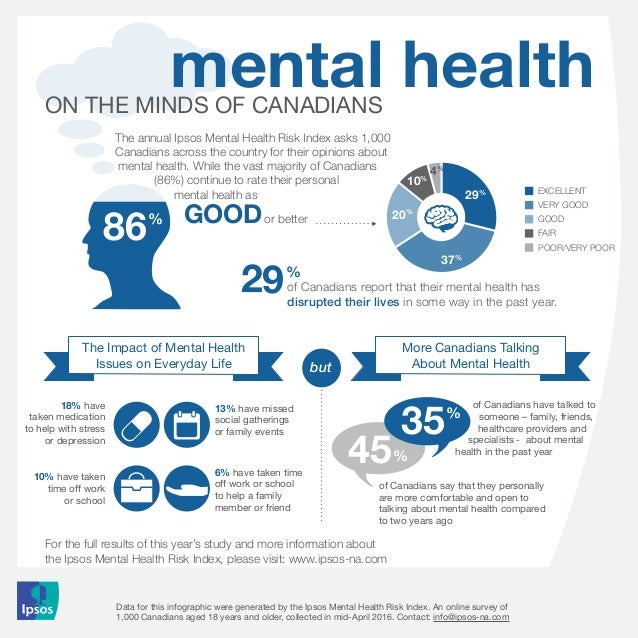 All things on your desktop should be neatly folded, so that you do not have to waste your time looking for this or that document. The desktop document box will help you distribute your tasks for today, for the week, until the end of the month. Set aside just 10 minutes a day to organize your workplace, and you will feel how much easier it will be for you to enjoy your work.
All things on your desktop should be neatly folded, so that you do not have to waste your time looking for this or that document. The desktop document box will help you distribute your tasks for today, for the week, until the end of the month. Set aside just 10 minutes a day to organize your workplace, and you will feel how much easier it will be for you to enjoy your work. - Take breaks . If you want to be happier in your workplace, you need to periodically take time off from work. Research shows that it's important to take small breaks every hour: step away from your computer or any other task you're doing at the moment, rest your eyes, stretch, take a walk. Going out for some fresh air from time to time will help you feel happier throughout your work day.
- Avoid multitasking . If you think that by doing several tasks at the same time, you will be able to finish your work faster, you are wrong. It will only slow you down. If you end your work day with all tasks left unfinished, you will have a greater sense of incompleteness than if you had completed a few tasks.
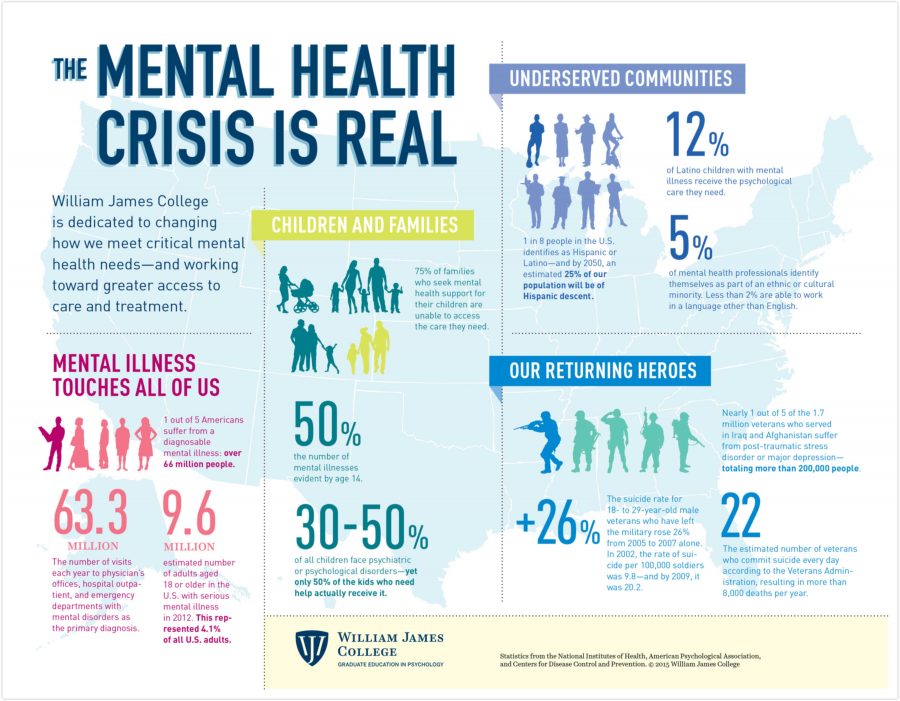 It helps to make a to-do list at the beginning of the working day and then cross off completed tasks from it.
It helps to make a to-do list at the beginning of the working day and then cross off completed tasks from it. - Stay away from gangs . It is especially important to avoid groups between employees: negativity will reduce your energy, block joy and positive thoughts. At work, be friendly with everyone, instead of joining a group of three or four people and alienating others. Try to maintain good relations with everyone, regardless of social status and position on the corporate ladder, and your joy from being at work will increase.
- Don't neglect your meal times . Use your lunch time to relax and eat, not work. This will give you energy for further activities. Treat yourself to light and healthy snacks throughout the day: fruits, nuts, unsweetened yogurt, etc. They will cheer you up and increase your productivity.
- Smile! Even if you feel irritated and unfulfilled in your workplace, try to smile! It has been proven to improve mood and make you feel happier.
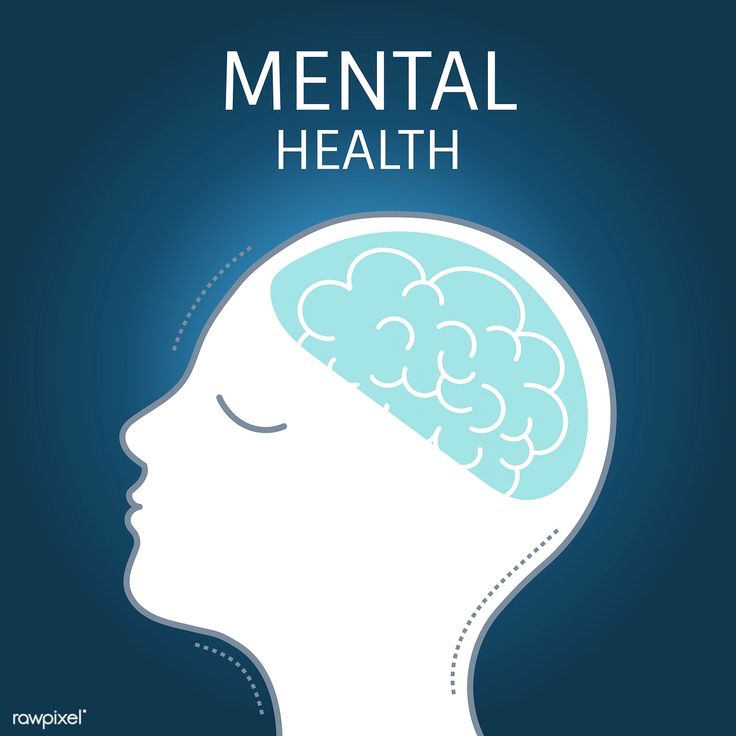 If you are unhappy with everything, constantly complaining or speaking negatively to your colleagues, you are guaranteed to feel even worse.
If you are unhappy with everything, constantly complaining or speaking negatively to your colleagues, you are guaranteed to feel even worse. - Find meaning in your work. One important way to feel happier at work is to find meaning in it. If you find it difficult to find meaning, then your work will be filled with boredom and monotony, and this is tiring.
- Think about the people who need you . When you're upset at work, take a short break and think about the people you help or depend on you for. Consider what will happen if you don't show up for work. Someone may suffer from this or will not know what to do. Remind yourself of how valuable you are every time doubts about your work begin to creep into your soul.
- Reward yourself for a job well done . Not only your productivity is important, but also your psychological health. If you want to be happy at work, give yourself small gifts for successful work days.

Learn more
